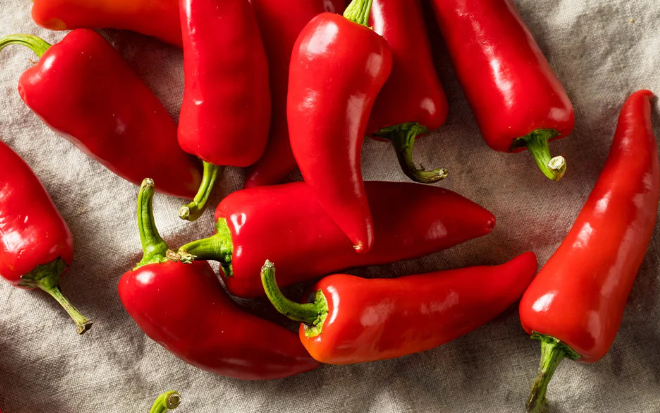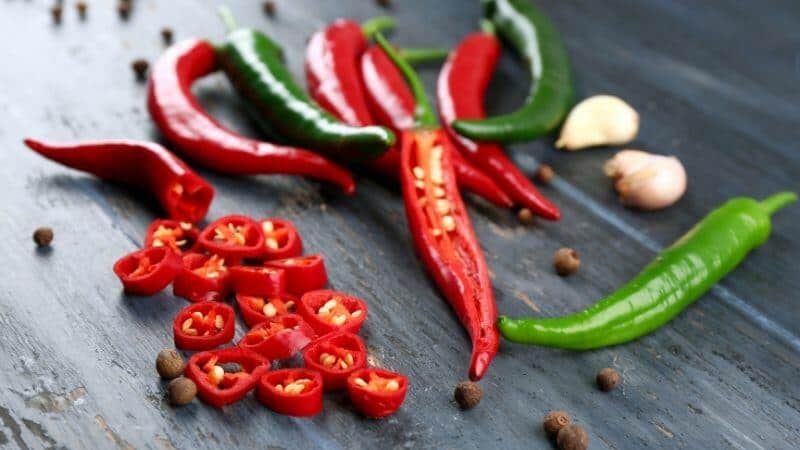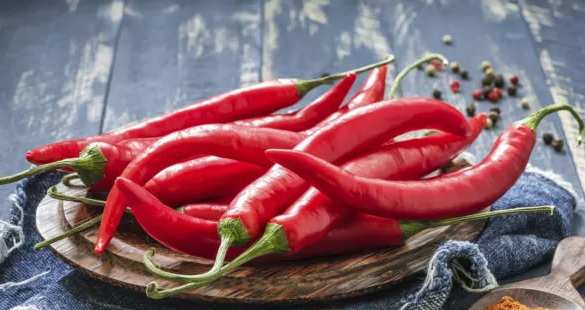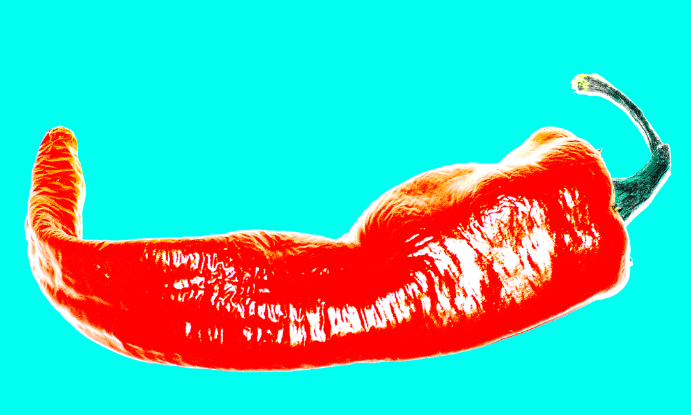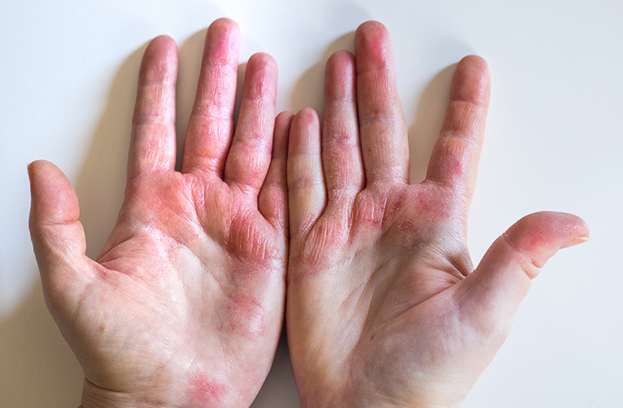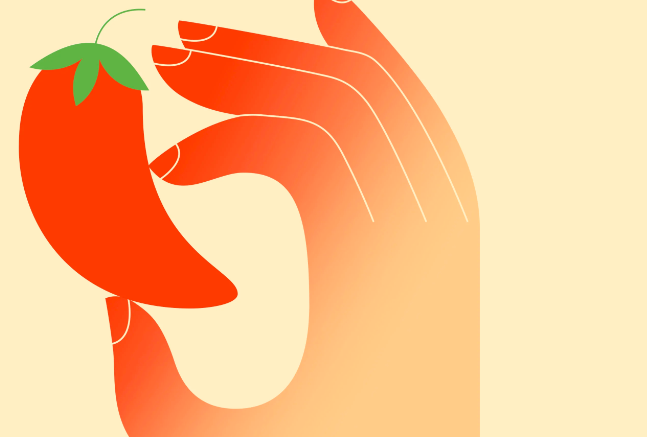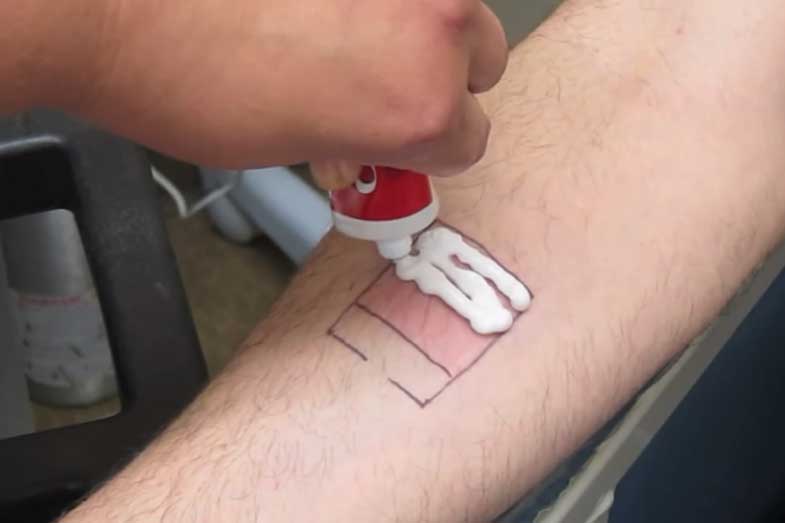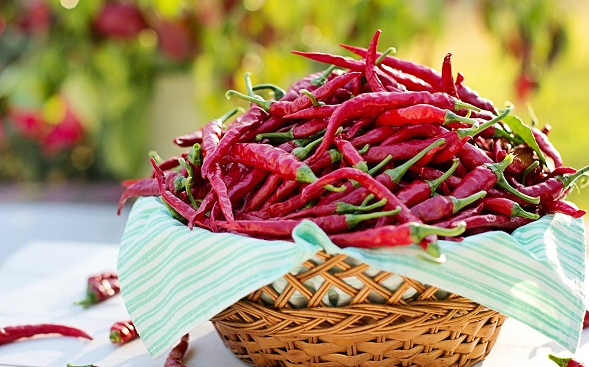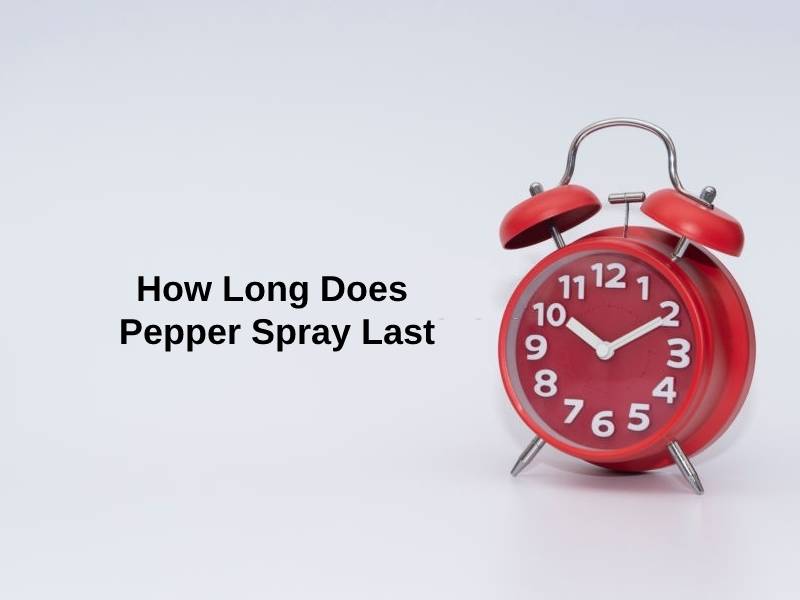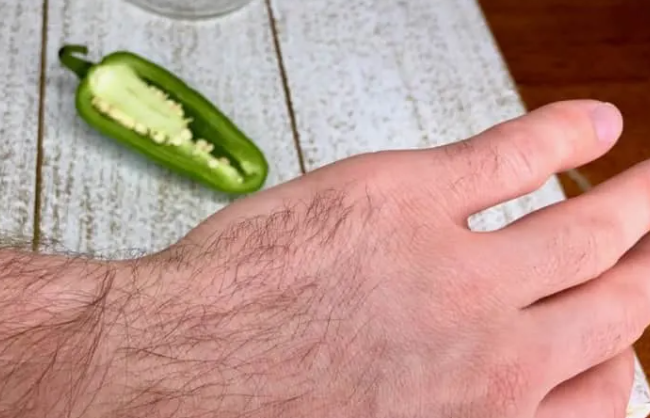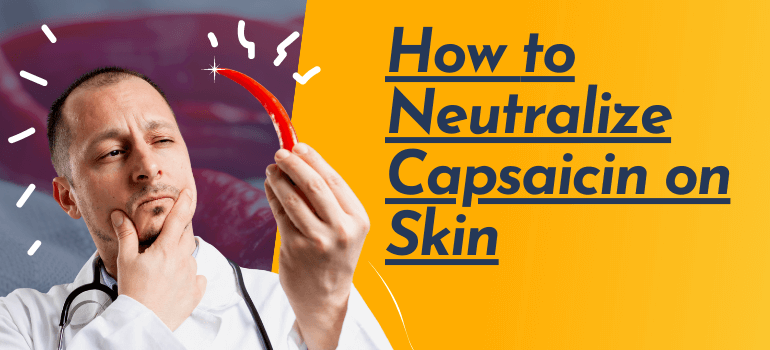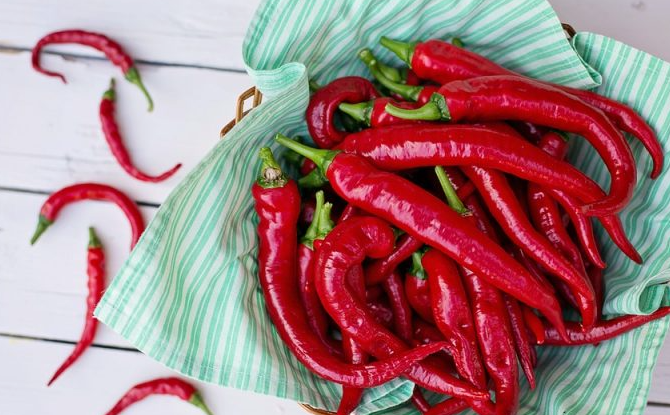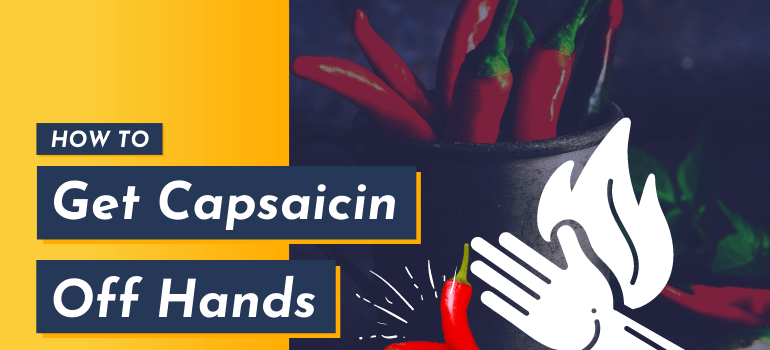How Long Does Capsaicin Burn Last

Imagine biting into a seemingly innocent jalapeño popper at a summer barbecue. The first taste is savory, cheesy, delightful. Then, the warmth begins, a gentle hug at first. Suddenly, it escalates, morphing into a full-blown inferno that seems to engulf your entire mouth. Your eyes water, your nose runs, and you frantically search for anything to extinguish the fire. But how long will this fiery torment last?
Understanding the duration of capsaicin burn, the chemical responsible for that spicy sensation, is key to managing and even enjoying the fiery ride. While the intensity of the burn can feel unbearable, the good news is that it’s typically temporary. This article delves into the factors influencing the longevity of capsaicin burn, providing practical tips for relief and exploring the fascinating science behind our perception of heat.
The Science Behind the Sizzle
Capsaicin is an active component of chili peppers and the culprit behind that unforgettable burning sensation. It works by binding to a receptor called TRPV1 (transient receptor potential vanilloid 1) in our nerve endings.
These receptors are normally triggered by actual heat, around 43 degrees Celsius (109 degrees Fahrenheit). When capsaicin binds to TRPV1, it tricks our brains into thinking we are experiencing a genuine burn, even though there's no actual thermal damage occurring. This is why we perceive the sensation as "hot" or "burning."
Factors Influencing Burn Duration
The length of time a capsaicin burn lasts depends on several variables. These variables include the concentration of capsaicin, individual sensitivity, the method of exposure, and the remedies employed.
Capsaicin Concentration: The hotter the pepper, the higher the concentration of capsaicin, and the longer the burn will likely persist. Scoville Heat Units (SHU) measure the pungency (spiciness or "heat") of chili peppers.
A mild bell pepper has 0 SHU, while a habanero can range from 100,000 to 350,000 SHU, and the infamous Carolina Reaper can reach over 2 million SHU. Obviously, the hotter the pepper, the longer and more intense the burn.
Individual Sensitivity: Our tolerance to capsaicin varies significantly. Genetics, frequency of exposure, and even ethnicity can play a role. Some individuals are naturally more sensitive to pain, while others have built up a tolerance over time by regularly consuming spicy foods.
Method of Exposure: The way you encounter capsaicin also matters. A tiny dab of hot sauce on your tongue will likely dissipate faster than accidentally rubbing chili oil in your eyes. Similarly, consuming capsaicin on an empty stomach can intensify and prolong the burn.
Remedies Employed: The actions you take to relieve the burn can dramatically impact its duration. Drinking water alone is often ineffective, while consuming dairy or oil-based products can provide significant relief. The correct strategy makes a difference.
The Typical Timeline
Generally, a moderate capsaicin burn from a jalapeño or similar pepper will last anywhere from 15 to 30 minutes. The intensity usually peaks within the first few minutes and then gradually subsides. However, for extremely spicy peppers like ghost peppers or Carolina Reapers, the burn can linger for an hour or even longer, with a more intense and prolonged peak.
The sensation might not disappear completely, and you may experience a lingering warmth or tingling sensation for several hours afterwards. For skin exposure, the burning sensation may persist longer, especially if the area isn't thoroughly washed.
Strategies for Soothing the Fire
While time is the ultimate healer, several strategies can help alleviate the discomfort of capsaicin burn and speed up the recovery process.
Dairy Products: Milk, yogurt, and ice cream contain casein, a protein that helps to break down capsaicin and wash it away from the TRPV1 receptors. Dairy products are particularly effective because capsaicin is fat-soluble. This means it binds to fats, and dairy has plenty of it. Casein helps dislodge capsaicin from the receptors.
Oils: Similar to dairy, oils can also help dissolve and remove capsaicin. Swallowing a spoonful of olive oil or peanut butter can coat the mouth and bind to the capsaicin. This is because capsaicin is a lipophilic compound, meaning it dissolves best in fats and oils.
Starchy Foods: Rice, bread, or potatoes can act as a buffer, absorbing some of the capsaicin and reducing its contact with the receptors. While not as effective as dairy or oils, they can provide some comfort.
Sugar or Honey: A spoonful of sugar or honey can sometimes provide relief, especially if the burn is concentrated on the tongue. The sweetness may distract from the heat and provide a temporary soothing sensation.
Avoid Water: Water can actually worsen the burning sensation. Capsaicin is not water-soluble, so drinking water simply spreads the capsaicin around, intensifying the burn and extending its reach.
For Skin Exposure: Wash the affected area thoroughly with soap and water. Repeat several times. Applying a cold compress can also help soothe the burn and reduce inflammation. For persistent burning, consider applying a topical cream containing capsaicin to desensitize the nerve endings (counterintuitive, but it can work over time with regular use).
Debunking Myths
Many folk remedies exist for capsaicin burn, but not all are created equal.
Alcohol: While alcohol can dissolve capsaicin, drinking it is unlikely to provide much relief. The amount of alcohol needed to effectively wash away the capsaicin would be substantial and potentially harmful.
Citrus: While the acidity of citrus fruits like lemons and limes might seem like a logical solution, they often exacerbate the burning sensation, especially if you have any cuts or abrasions in your mouth. This is because the acid can irritate the already sensitized nerve endings.
Waiting it Out: While time will eventually alleviate the burn, enduring the discomfort without intervention is often unnecessary. Employing the strategies outlined above can significantly reduce the duration and intensity of the burn.
The Upside of the Burn
Beyond the initial discomfort, capsaicin has been linked to several health benefits. Studies suggest that it can boost metabolism, reduce pain, and even have anti-inflammatory properties. Capsaicin is under investigation for pain management.
In fact, some topical creams containing capsaicin are used to treat arthritis pain and other chronic conditions. Regular consumption of chili peppers has also been associated with a lower risk of cardiovascular disease and certain types of cancer.
Conclusion: Embracing the Heat
The duration of a capsaicin burn is a variable experience, influenced by the pepper's potency, your individual sensitivity, and the remedies you employ. While the fiery sensation can be intense, it’s usually temporary and ultimately harmless.
Understanding the science behind the burn and knowing effective relief strategies empowers you to manage the discomfort and even appreciate the unique experience. So, the next time you encounter a spicy dish, remember that the burn is a fleeting sensation, and with the right knowledge, you can confidently embrace the heat and perhaps even discover a newfound appreciation for the fiery world of capsaicin.
The burn reminds us of the power of our senses and the fascinating ways our bodies interpret the world around us. It’s a reminder that even discomfort can be a source of learning and, dare we say, enjoyment.
